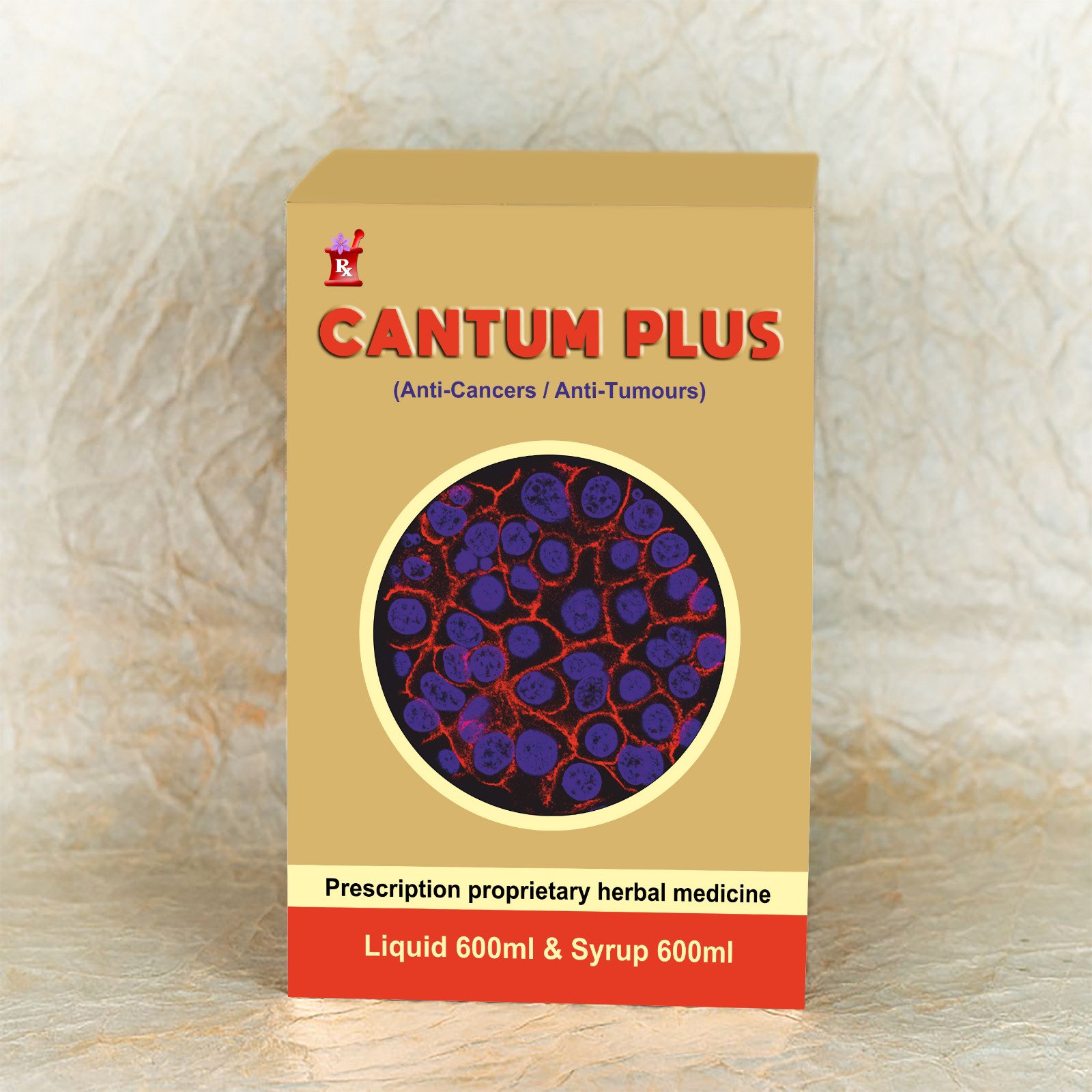(Anti-Cancers / Anti-Tumours)LIQUID COMPOSITIONS
·
Taxus
brevifolia bark is a source of
Paclitaxel, a potent chemotherapy drug widely used in the treatment of various
cancers. Paclitaxel works by inhibiting the growth of cancer cells, disrupting
their division process, and impending the formation of microtubules.
·
Catharanthus
roseus due to its
pharmacologically active compounds, Vincristine and Vinblastine. These
alkaloids exhibit potent anti-cancer properties by disrupting microtubule
formation during cell division, thereby inhibiting tumor growth. Beyond its
direct cytotoxic effects, the plants diverse alkaloids also contribute to
anti-angiogenic and anti-metastatic activities.
·
Camptotheca
acuminata (CPT(3),
(20-(s))- camptothecin), exhibited significant activity
against Leukemias and various solid cancers by spe-cifically inhibiting DNA -
replicating enzyme topo I, ultimately resulting in cell death.
·
Mappia
foetida is an important anti-cancer
medicinal plant which posse-sses various bioactive substances, of which
Comptothecin (CPT) is the most important. CPT is mainly obtained by extraction
from plants.
·
Podophyllum
hexandrum (Rhizome) contains
several lignans which posses anti-tumor activity. Podophyllotoxin is the most
active cytotoxic natural product. It is used as starting com-pound for the
synthesis of anti-cancer drug Etoposide and Teniposide. Podophyllotoxin acts as
an inhibition of microtubules assembly. These drugs are used for lung cancer,
testicular cancer, neuroblastoma, hepatoma and other tumors.
·
Curcuma
longa (curcuminoids the active
ingredient) interfere with multiple cell signaling pathways, providing support
for the potential role of curcumin in modulating cancer deve-lopment and
progression.
·
Ocimum
sanctum contains phyto-chemicals
which prevent chemical induced skin, liver, oral and lung cancers and mediate
these effects by increasing anti-oxidant activity, altering gene expression,
inducing apoptosis and inhibiting angiogenesis and metastasis. They are also
shown to prevent radio-induced DNA damage.
·
Barleria
prionitis contains bioactive
compounds such as flavonoids, alkaloids, and tannins, which exhibits
anti-cancer effects by interfering with cell cycle progression, inducing
apoptosis, and inhibiting angiogenesis. Its anti-oxidant properties may also
contribute to mitigating oxidative stress implicated in cancer development.
·
Tinospora
cordifolia could limit sys-temic
damage via regulating neutrophil infiltration and hyper-activation which can
further lead to cancer control at both prophylactic and therapeutic level.
·
Simarouba
glauca while anti-cancer
properties are well documanted in ancient literature, the underlying
mech-anisms leading to cancer cell death begin to emerge very recently. The
leaves of S. glauca have been used as potential source of anti-cancer agents in
traditional medicine.
·
Commiphora
wightii contains guggul-sterone
(GS) has been shown to possess cancer chemo-preventive and thera-peutic
potential as established in vitro and in vivo studies.
·
Withania
somnifera has been dem-onstrated
to have anti-tumorigenic properties in experimental models.
·
Phyllanthus
emblica is also reported to
possess radio-modulatory, chemo-modulatory, chemo-preventive effects, free
radical scavenging, anti-oxidant, anti-inflammatory, anti-mutagenic and
immunomodulatory activities, proper-ties that are efficacious in the treatment
and prevention of cancer.
·
Terminalia
bellirica extract induces
anti-cancer activity through modulation of apoptosis and autophagy in oral
squamous cell carcinoma.
·
Phyllanthus
niruri demonstrated anti-cancer
properties against lung cancer, breast cancer, prostate cancer and
hepatocellular carcinoma, its anti-proliferative effect on cancer cells by
modulating various cell signaling pathways and its advantage of being safe on
normal cells.
·
Fagonia
indica induce cell dealth in
wild-type and chemotherapy resistant breast and colon cancer cell lines.
·
Bauhinia
variegata exerted anti-cancer,
anti-oxidant, anti-microbial, anti-inflammatory, nephroprotective,
hepatoprotective, anti-ulcer, immuno-modulating, molluscicidal and wound
healing effects.
·
Semicarpus
anacardium (contains anacardic
acids) nut has shown antitumor activity against various experimental cancer
cells, e.g., B16 melanoma and Leukemia L-1210 cells.
·
Terminalia
chebula contains tannins,
chebulinic acid, ellagic acid, gallic acid, punicalagin, flavonoids to possess
anti-oxidant, anti cancer and anti-mutagenic properties.
·
Andrographis
paniculata (contains andrographolide)
has anti-cancer properties. Andrographolide also enhanced the TNF- α production
and CD marker expression, resulting in increased cytotoxic activity of
lympho-cytes against cancer cells.
·
Azadiracta
indica a tree with more than 140 isolated compounds and at least 35 biologically
active principles that have shown an important influence, as tumour suppressors
by interfering with the carcinogenesis process.
·
Olea
europaea have shown a rema-rkable
anti-tumour, anti-proliferative and pro-apoptotic effect in several cancer cell
lines.
·
Boswellia
serrata have active comp-onent
boswellic acids, display anti-cancer properties through a capacity to reduce
tumour growth and metastasis.
·
Hymenocallis
littoralis contains
pan-cratistatin, a natural compound can selectively induce apoptosis in several
cancer cell lines.
SYRUP
COMPOSITIONS
·
Crocus
sativus has selective toxicity
against cancer cells, through inhibition of RNA & DNA synthesis &
increasing apoptosis. Crocin has been considered as the most important
anti-cancer agent that plays a role in gene expression & apoptosis in
cancer cells. Additionally, C. sativus has been shown to help reduce the
harmful effects produced by chemo-therapy drugs.
·
Allium
sativum appears to reduce the
ability of cancer cells to promote the growth of new blood vessels. Increased
cell death : Normal cells die at a certain point, and cancer cells are
often to avoid this natural cycle of cell death. A. sativum and its components
appear to increase the rate of cancer cell death.
·
Annona
muricata have been shown to
induce cytotoxicity, cell cycle arrest, apoptosis and necrosis and conversely
to inhibit cancer cell motility, migration, metastasis and proliferation.
·
Rubus
occidentalis through regulation
of epigenetics, can enhance the expression of tumor suppressor genes, inducing
cell cycle arrest, and promoting apoptosis and pyroptosis. R. occidentalis can
reduce the energy and nutrients supply to the cancer nest by inhibiting glycolysis
and reducing angiogenesis.
·
Cinnamomum
zeylanicum aqueous extract
contains cinnamaldehydes and poly-phenols as the major bioactive compounds was
cytotoxic to cancer cells. It down regulated human epidermal growth factor
receptor-2 (EGFR-2) and matrix metalloproteinase
(MMP-2) expression, affecting the invasion and metastasis
of cervical cancer.
·
Ganoderma
lingzhi laboratory research and a
handful of preclinical trials have suggested that, it carries promising
anti-cancer and immuno-modulatory properties.
·
Zingiber
officinale may act as an
anti-cancer and anti-inflammatory agent by inactivating NF-kB through the
suppre-ssion of the pro-inflammatory TNF-alpha.
·
Piper
longum contains piperlongumine
(PL), which has shown activity against many cancers including prostate, breast,
lung, colon, lymphoma, leukemia, primary brain tumor and gastric cancer.
·
Ziziphus
mauritiana act against cell
division and cause the death of cancer cells. Apart from the anti-cancer
activity, it also possess anti-oxidant action, which might help in managing
cancer. Thus, Z. mauritiana fruit has potential for cancer treatment.
·
Vaccinium
corymbosum extract make cancer
cells more sensitive to radiation, it also reduces the abnormal cell growth
that fuels cancer development.
·
Bacopa
monnieri has the ability to
reduce acute pain and inflammation by inhibiting the enzyme cyclo-oxygenase-2 (cox-2) and reducing cox-2-arbitrated
prostanoid mediators. Moreover, the anti-inflammatory property may also be
associated with the Neuroprotective activity of B. monnieri.
·
Leea
indica leaf extracts increased
the susceptibility of human ovarian tumor cells to NK cell-mediated
cytotoxicity.
·
Vaccinium
myrtillus a commercial
anthrocyanin-rich extract was shown to inhibit growth of colon cancer cells but
did not affect growth of normal colon cells suggesting a possible specific
action against cancer cells.
·
Swertia
chiranta contains xanthones which
exerted significant therapeutic potential by inducing ROS mediated apoptosis in
breast cancer cells both in vivo and in vitro at a low dosage being non-toxic
to normal cells.
·
Berberis
aristata through regulation of
epigenetics can enhance the expression of tumor suppressor genes, including
cell cycle arrest, and promoting apoptosis and pyroptosis. B. aristata can
reduce the energy and nutrients supply to the cancer nest by inhibiting
glycolysis and reducing angiogenesis.
·
Vaccinium
vitis-idaea extract contains
various active ingredients with strong inhibitory effects on cancer cell
growth.
·
Silybum
marianum can be used to dec-rease
side effects of cancer treatment.
·
Solanum
nigrum studies suggest that
extracts may exhibit anti-caner effects by inhibiting the growth of cancer
cells and inducing apoptosis.
·
Glycyrrhiza
glabra extracts and bioactive
components are reported for their anti-cancer activity by inducing apoptosis,
mitochondrial permeability transition, suppressing micronucleus formation,
inhibiting angiogenesis, etc. in various human cancer cell lines.
·
Boerhavia
diffusa exhibit anti-carcinogenic
effect against human breast cancer cells.
·
Asparagus
racemosus (containing shatavarin
IV) rich fraction (AR-2B) exhibits significant
anti-cancer activity in both in vitro
and in vivo experimental models.
·
Asphaltum
punjabianum helps in controlling
the growth or multiplication of cancerous cells in the liver, studies revealed
that it has anti-cancer properties and helps in the destruction of cancer cells
of the liver and other kinds.
·
Syzygium
aromaticum inhibits tumor growth
and promotes cell cycle arrest and apoptosis.
·
Artemisia
annua promote apoptosis rather
than necrosis in most of the systems, however in some cases both apoptosis and
necrosis have been reported. Induction of apoptosis is a major benefit of
artemisinins (found in A. annua) antitumor action as it prevents the collateral
effects of inflammation and cell damage caused by necrosis.



